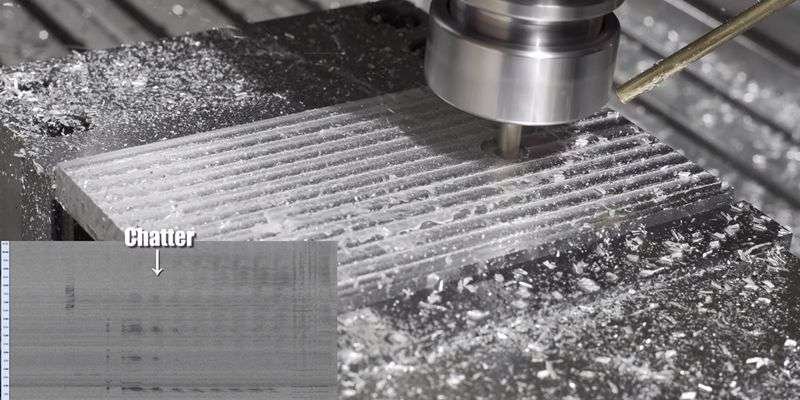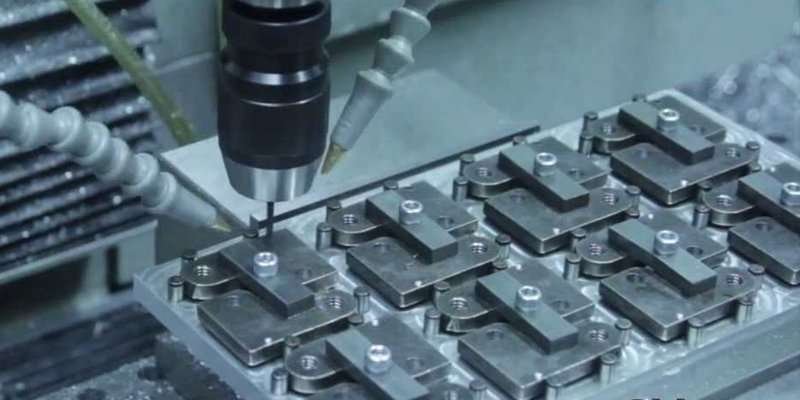The transition from prototyping to mass production is often incomplete without low-volume machining. Low-volume CNC machining helps to effectively mitigate the risks and additional expenses in the development stages of product manufacturing. However, It is essential to understand low-volume CNC machining basics.
This article provides a detailed explanation of low-volume CNC machining and its advantages. You’ll also learn practical design tips for cost-effective, low-volume CNC machined parts.
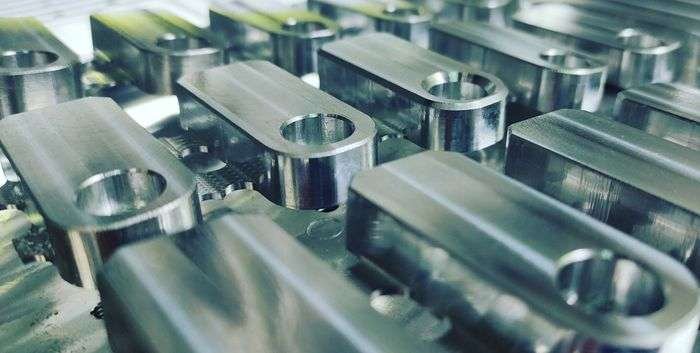
Table of Contents
ToggleWhat is Low-Volume CNC Machining?
The low-volume CNC machining process produces parts in small batches or quantities, usually between 10 to 1000 units. Often, low-volume production serves as a bridge between prototyping and mass production for new products. This mechanism allows manufacturers to test products for defects or errors and make necessary adjustments before substantial financial investments.
In addition, manufacturers often rely on low-volume machining processes to handle customized products, prototypes, or limited-edition runs. It offers impressively shorter lead times and puts the product to market faster.
Comparison for Low vs High Volume CNC Machining
Low-volume and high-volume machining are the major types of manufacturing in terms of volume or quantity. Low-volume CNC machining is suitable for creating a small amount of components (often between 10 – 1,000 units). It offers excellent flexibility with design modifications and helps manufacturers gather helpful customer feedback to improve product design to meet customer’s demands.
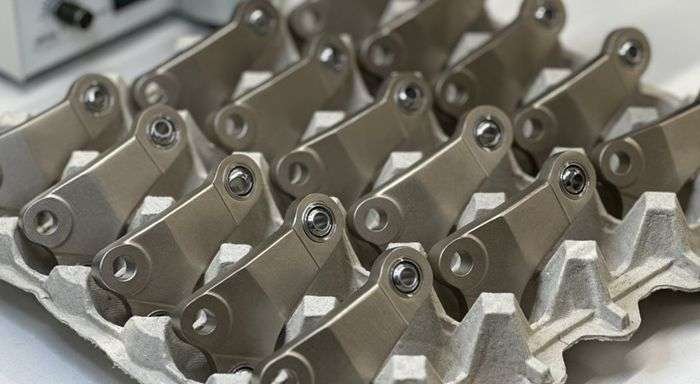
More importantly, these design modifications are inexpensive. Other benefits of this machining process include lower MOQ (minimum order quantities), shorter lead times, and more flexibility for customization during the manufacturing process. However, low-volume machined parts have a higher cost per unit because there are fewer production runs to spread the setup and tooling expenses.
On the other hand, high-volume CNC machining is a manufacturing process suitable for producing large amounts of identical in one run, usually more than 5,000 units. It is a fast and efficient way of making large parts orders and getting products to market faster. This process offers low cost-per-unit since it spreads the setup and tooling cost over a larger production run.
Why Choose Low-Volume CNC Production?
Manufacturers in different industries employ low-volume CNC machining for several beneficial reasons. Some of these benefits include:
Reduces Time of Product to Market
Consumer preferences, trends, and technology continue to evolve, resulting in serious competition among businesses in the same industry. Besides, a product’s time to market significantly influences its success. Low-volume CNC production efficiently produces high-quality products and gets them to market in the shortest time possible. Hence, it is your transition option when introducing new products.
Optimizes Manufacturing Flexibility
Low-volume CNC machining is more efficient than injection molding or die-casting methods. It facilitates greater design flexibility, allowing you to identify and quickly rectify manufacturing errors at a minimal cost. Businesses that utilize low-volume CNC production can gather customer feedback and optimize their products to satisfy customer demands.
High-Quality Parts
Low-volume CNC machining is a fully automated process that helps achieve CNC parts with excellent surface finishing and tight tolerances. The technique employs precision CNC machines in creating quality parts, mitigating the risks of physical or functional error. Hence, these CNC parts are highly accurate and precise, meeting the intended application’s requirements. Usually, low-volume production is widely used in industries like medical and aerospace.
Extensive Post-Finishing Options
Surface finishing is fundamental in manufacturing as it may influence the functionality of a product. Low-volume CNC machined parts are compatible with extensive surface finishing processes. Surface finishes like powder coating, anodizing, passivation, bead blasting, and panting give CNC parts a decorative and functional surface.
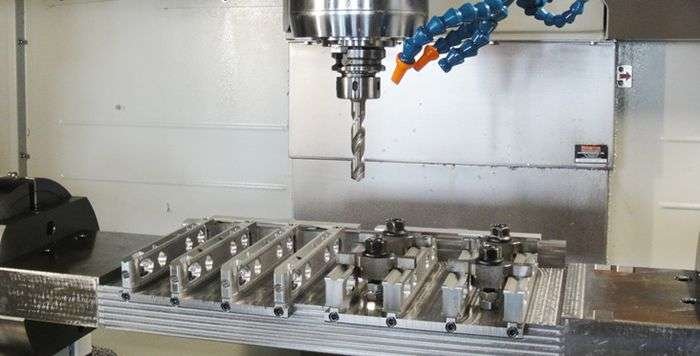
Prepare for Mass Production
By producing small batches of components, businesses can validate their designs in real-world applications and gather valuable feedback from customers or engineers. This data can then be incorporated into the final design, ensuring a smooth transition to full-scale manufacturing. Additionally, low-volume production can help establish a supply chain and identify potential production bottlenecks before committing to large-scale production.
Tips to Get Cost-Effective Low-Volume CNC Parts
Manufacturing cost associated with low-volume CNC machining depends on various factors. Here are some helpful tips on how to effectively cut down CNC machining costs when manufacturing parts in small batches.
Use Simple and Standard Designs
It would be best to ensure your design for CNC machining projects is as simple and standard as possible to reduce time and cost. Parts with complicated designs often have higher machining demands and require costly specialized tools. Therefore, breaking up your design into simpler components is advisable before assembling them.
Additionally, use standard threads, avoid tighter tolerances, and use standard hole sizes for cost-effectiveness when machining low-volume CNC parts.
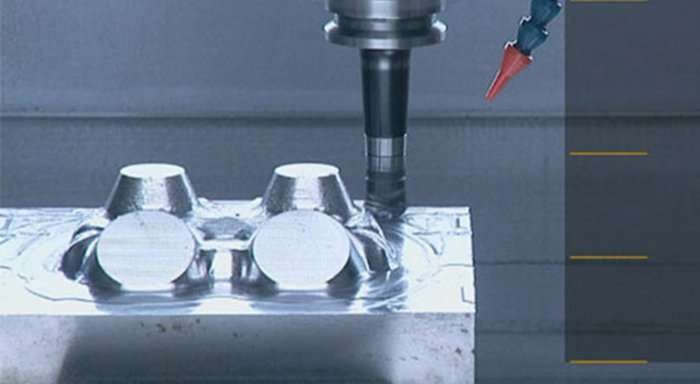
Choose a Suitable Material
Choosing a suitable material for your low-volume machining project is essential to achieve cost-effective CNC parts. Some materials like titanium or high-carbon steel are more difficult to machine than softer metals like aluminum. Machining a harder material may extend the manufacturing process and increase the machining costs.
In terms of plastics, polyetheretherketone (PEEK) is a suitable choice if your project requires excellent strength and high heat. But it is more expensive than other engineering plastics.
Therefore, choose a material for your low-volume CNC parts according to the properties required. Do not use an expensive material when there is a less expensive one that meets the requirements of the intended applications.
Avoid Thin Walls or Sharp Internal Corners
CNC machining can be time-consuming and delicate, especially if you have to machine thin or tall walls. Besides, low-volume parts with thin walls are more expensive to machine because of the potential risk of cuter deflection and compromised surface finishes.
Since the milling process involves using round tools, achieving sharp corners would be difficult, if not impossible. Hence, it is essential to use radiused corners not exceeding the size of the cutter used for the operation. Thin walls require high accuracy and precision and hiring skilled experts might affect the turnaround time.
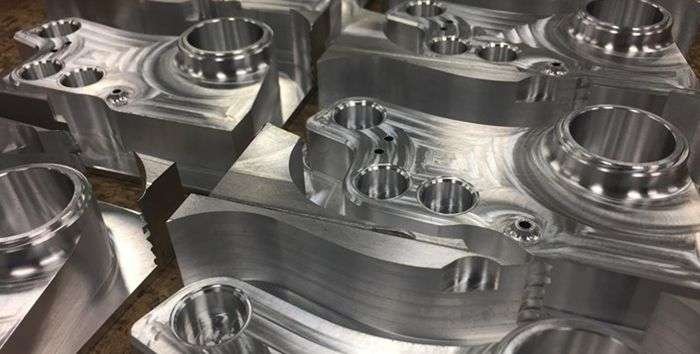
Use Post Manufacturing Finishing Only When Necessary
Surface finishing is a secondary process in low-volume machining. Even though there is a long list of finishes to choose from, it is important to use the necessary or ideal one for your CNC parts to avoid unnecessary expenses.
Similarly, using machined texts like laser engraving is functional and may give your CNC parts a decorative look. However, they involve tracing each character with an engraving tool. As a result, they can be costly and time-consuming.
XinCheng’s Low-Volume CNC Machining Services
XinCheng is your right choice whenever you need low-volume CNC machining in China. We are a dependable CNC manufacturer offering a wide range of CNC machining services, including CNC milling, turning, 5-axis machining, and wire EDM.
Our skilled team of engineers and technicians is dedicated to delivering accurate and precise parts with tight tolerances. Whether you require prototypes, small batches, or custom machined parts, XinCheng is equipped to meet your low-volume CNC machining needs.
Conclusion
Low-volume CNC machining is the practice of manufacturing a product in small amounts to test its functionality and customer preferences before mass production. This mechanism helps manufacturers to efficiently optimize the quantity of their product in the market while making necessary adjustments.
FAQs
What are the common limitations of low-volume CNC machining?
Despite its many benefits, common limitations of low-volume machining include limited production capacity, higher cost per unit, and excess material waste.
What are the other low-volume manufacturing techniques for CNC machining?
Alternative low-volume manufacturing techniques include 3D printing and vacuum casting. Although the 3D printing process is suitable for handling complex designs, it is incompatible with many materials. Injection molding, however, requires melting materials before they are shaped. Hence, it takes more time and has a high tooling investment.
Which CNC process is better for low-volume machining?
Basic CNC processes include CNC milling and CNC turning. Although they have different applications, they use similar principles. Hence, none should be placed over the other.

